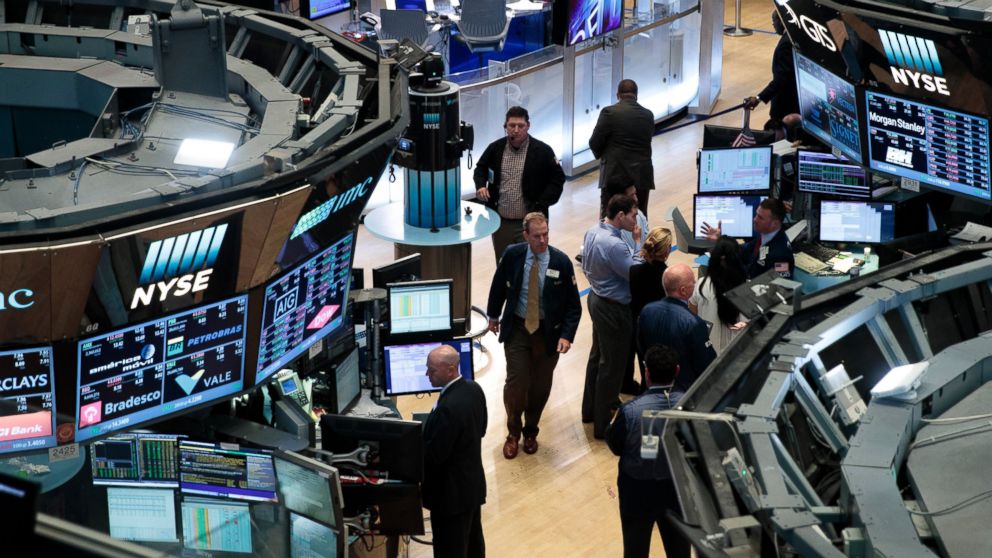How to Build an ETF Portfolio in 5 Easy Steps
Investors are pouring money into ETFs because of their low costs.

— -- Are you considering throwing your money into an exchange-traded fund (ETF)? Assembling an ETF portfolio can be a bewildering experience because of the large array of available choices.
Although a few ETFs are actively managed by investment managers, the overwhelming majority seek to match indexes that track a particular index (such as the S&P 500). This significantly reduces costs, one of the single biggest factors affecting net returns. And most ETFs tend to have lower expenses than many index funds. Unlike index mutual funds, ETFs are traded on exchanges, just like stocks, and can be bought or sold during the trading day.
The best way to go about assembling a portfolio of ETFs is the same as for any other type of investment: paying close attention to your goals, risk tolerance and asset allocation.
Consider these five points in assembling your ETF portfolio:
Costs are paramount.The whole point of buying ETFs is to keep expenses low to boost your net returns (the pre-tax money you make after costs). Overall, ETFs tend to be cheaper than index funds, but their expenses vary widely. The average ETF expense ratio is about .44 percent, which means a fund investment of $1,000 will cost you $4.40 annually. (By contrast, the average index fund charges about .74 percent, according to Morningstar.) There are many high-performing ETFs with expense ratios below .10 percent, or $1 annually on each $1,000. However, even some passive ETFs have annual expenses well above 1 or 2 percent. The major ETF vendors – Vanguard, iShares, Barclays and SPDR among them — display expense ratios on their sites, and some offer tools to compare ETFs and funds from different companies showing expense ratios, share price, recent returns and other vital statistics.
Keep in mind that expenses should be assessed relative to the particular asset class you’re considering. For example, expense ratios for emerging market ETFs tend to be higher than those for domestic ones.
Size counts. Avoid ETFs with low asset values, as these are much more likely to close than large ones. Small funds tend to charge more because their expenses relative to their total assets are higher. A fund with less than $100 million under management is more likely to merge with others or close and return your money.
Dividends count, too. The major ETF companies let you reinvest your dividends (in additional shares of the funds producing them) or take them as cash. If you take the cash, you can supplement your income with (usually) quarterly dividend checks. ETFs generally list dividend payouts per share and dividend yield, the annual cash dividend per share divided by the share price of the ETF. If the company site doesn’t list the dividend yield, there are others that do, including Dividend.com.
Be careful about bond ETFs. Investment yields are low in developed countries, especially on bonds. Interest rates for corporate and government bonds are affected by prevailing rates, which are 0 percent or less in Japan and parts of Europe right now, prompting banks to charge depositors interest to hold their money!
Avoid long-term bonds. Now is a good time to avoid bonds of long duration (10 years or more) because inflation may eat away at your returns and interest rates are expected to rise from these historic lows. If long-bond holders try to sell before maturity, the market may punish them because new bond issues could pay higher rates that reflect new, higher prevailing interest rates.
So how many ETFs do you need to make a portfolio? That depends on which ones you choose, but if you stick with broad market ETFs, a handful or even fewer may do. Someone in their 30s or 40s who can tolerate a fair amount of risk (because they have decades of investing ahead to make up any shortfalls) could consider an ETF portfolio like this one:
S&P 500 ETF: 50 percent of portfolio
Developed-countries foreign stock ETF: 10 percent
Emerging markets ETF: 10 percent
US bond ETF: 20 percent
Money markets or short-term bonds: 10 percent
Of course, an almost infinite variety of ETF combinations can be used to assemble a balanced portfolio. A financial adviser can help you with these choices. Or, you can also use one of the many online fund portfolio investment analyzers like this one.
By keeping these basics in mind, you may be able to assemble an ETF portfolio designed to deliver growth in share price and, if you want them, cash dividends to supplement your income.
Dave Sheaff Gilreath is a founding principal of Sheaff Brock Investment Advisors LLC. He has more than 30 years of experience in the financial services industry.
Any opinions expressed in this column are solely those of the author.




